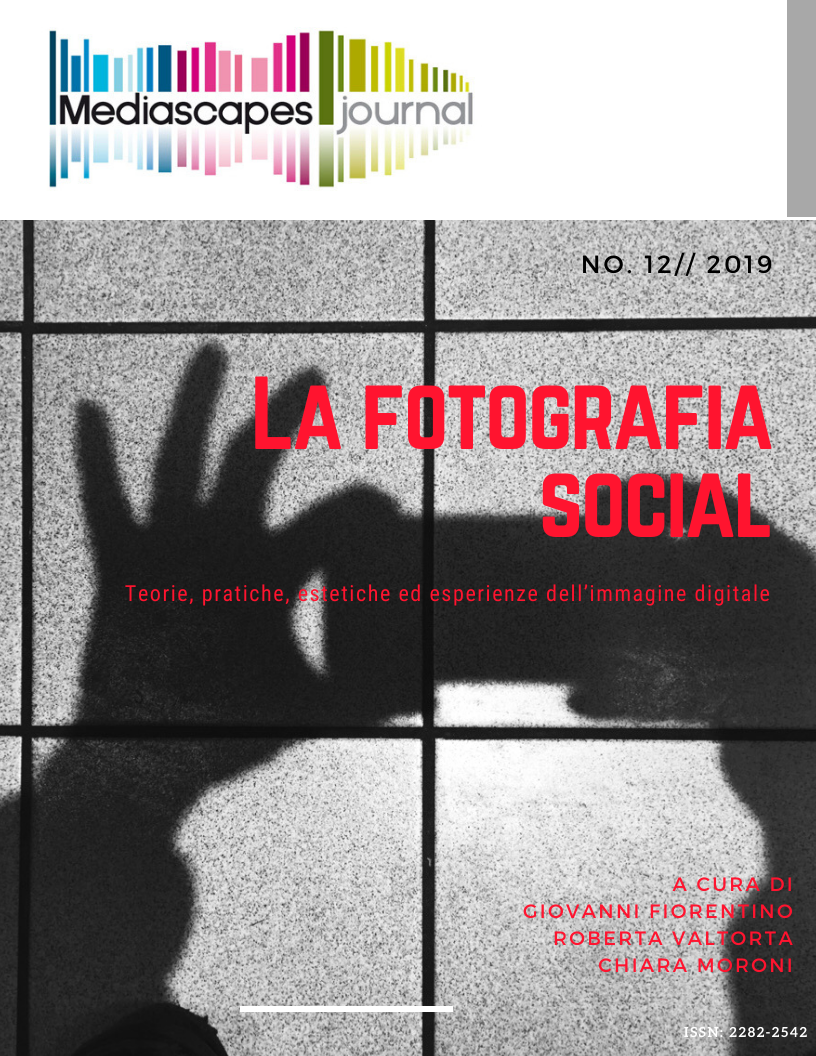Immagini dell’hype: il caso streetwear
Keywords:
Semiotics, hype, streetwear, fashion, social mediaAbstract
Social media have radically changed the consumption landscape, tracing various paths for the fruitful realization of ideas and contents within them, readily exploited by the markets, constantly searching for new advertising channels. The most effective marketing and communication strategies are now not planned on the basis of the general media but are organized to colonize in a capillary way any content that can be used by the target to which we intend to turn. This is the road of hype, a sort of advertising propaganda, the only way to promote streetwear, especially sneakers. The game is played only on social media, purely on Instagram, and generally brands create a minimum quantity of content, leaving most of it to the dedicated press and to selected influencers. The fact is that every item in this market category, if duly cloaked in hype, immediately records a global sold out, especially if it comes to collaborations between brands. The market strategy used is that of the limited edition – in time, in space, in quantity – a key concept that instigates the consumer to the challenge of hoarding the object of value, an excellent factor that leads immediately to the act of purchase. This peculiar purchasing process is explicit in the context of e-commerce, where the "out of stock" labels generate streams of secondary discourses on social networks where consumers ask for information to branded social media accounts, or to other more fortunate users, on how to find and obtain the desired object of value, triggering in this way forced sales of the products at inflated prices, on channels such as eBay or even through the same social networks. In short, and we are referring to a basic concept of microeconomics, the less available is a good, the more its price increase will be justified, bearing in mind that these are products that are not advertised openly, that is, with canonical campaigns. Have social media also transformed the launch of the products or have they just limited themselves to disguising it in informative and pedagogical communications? What tools do we have to distinguish the two types of content? Through the semiotic analysis of the verbal and visual texts related to the most relevant cases of 2018 I had identified the invariant traits generating hype and the strategies underlying the camouflage marketing applied not only by influencers, but also by the press, in order to arrive at a definition of this germinal phenomenon, probably destined to become a communication practice.
Downloads
Published
How to Cite
Issue
Section
License
Mediascapes Journal is published under a Creative Commons Attribution Licence 4.0.
With the licence CC-BY, authors retain the copyright, allowing anyone to download, reuse, re-print, modify, distribute and/or copy their contribution. The work must be properly attributed to its author. It should be also mentioned that the work has been first published by the journal Anuac.
Having published these contributions for the first time, Mediascapes Journal will have the right to publish them integrally or partially as reprints or possibly as part of a thematic issue, in both digital and printed format.
It is not necessary to ask further permissions both to author or the journal.


